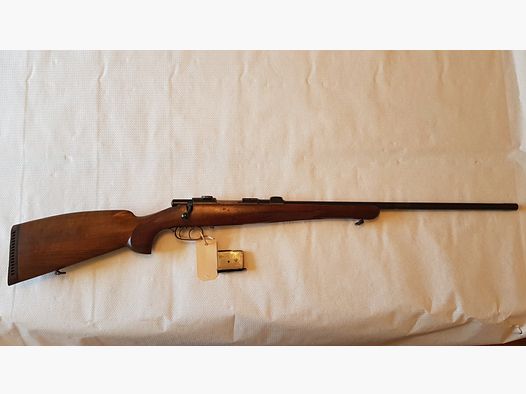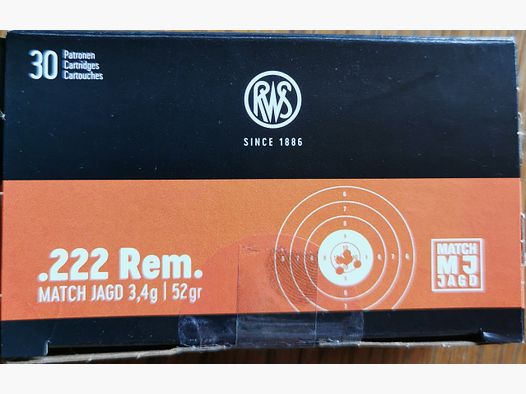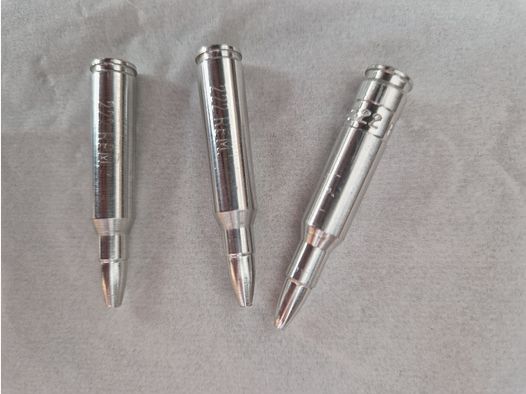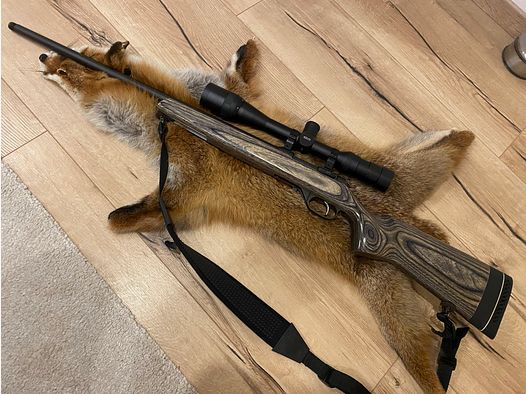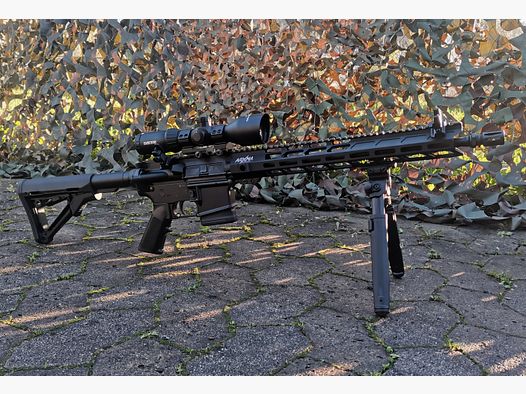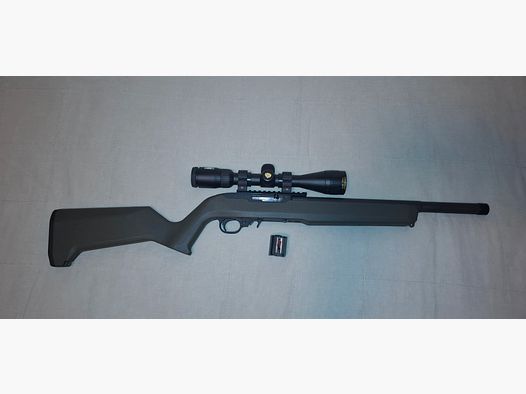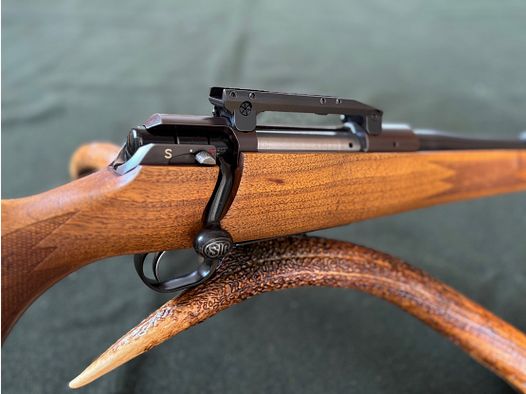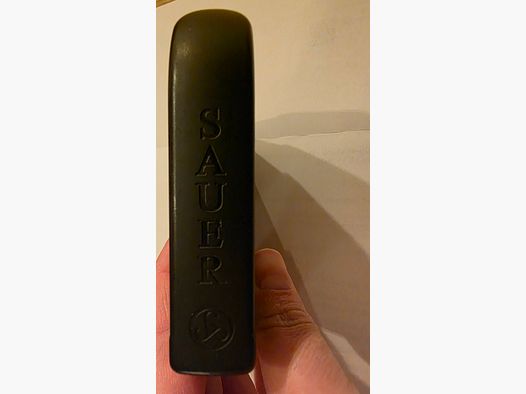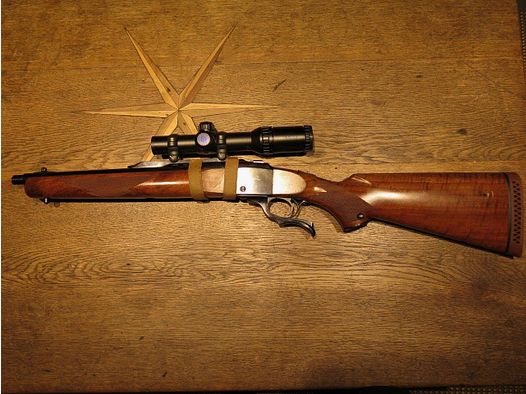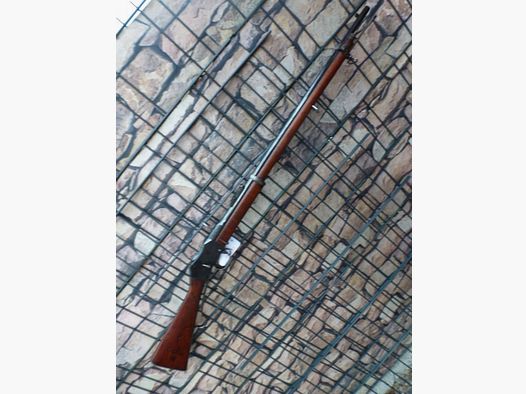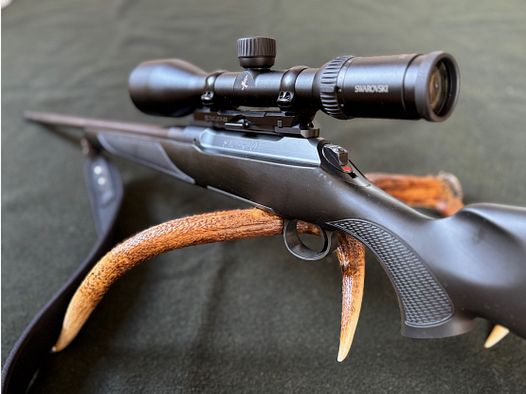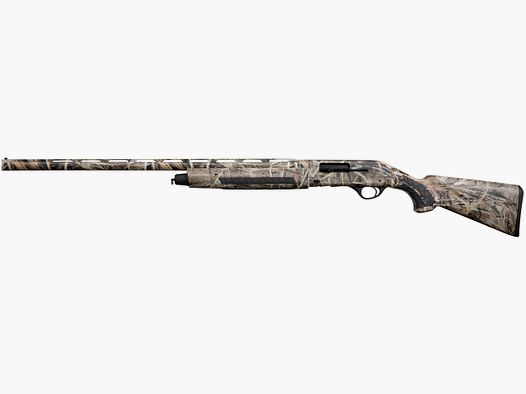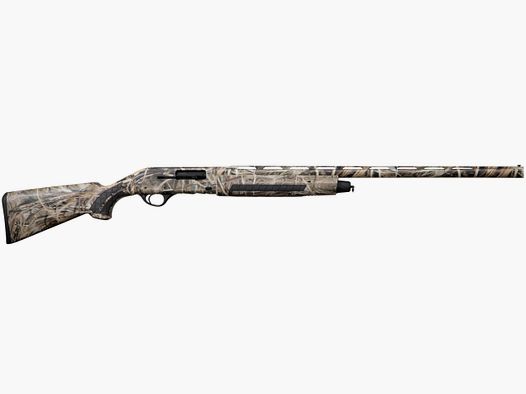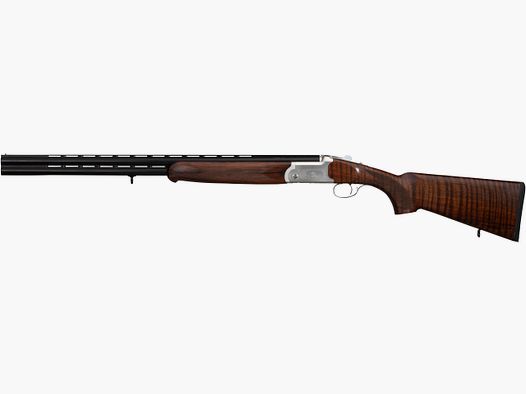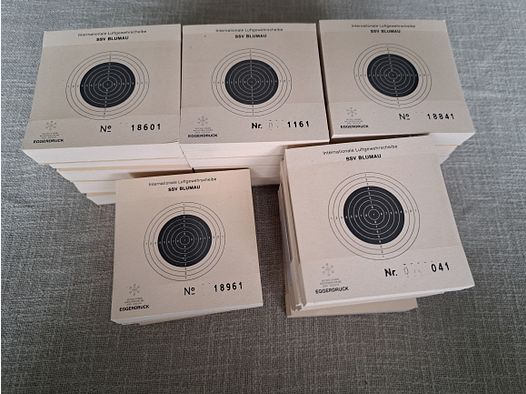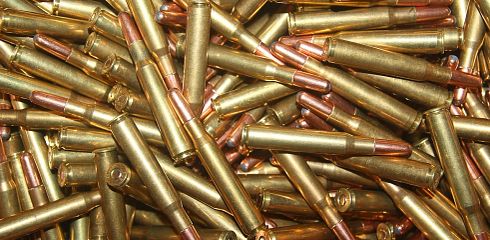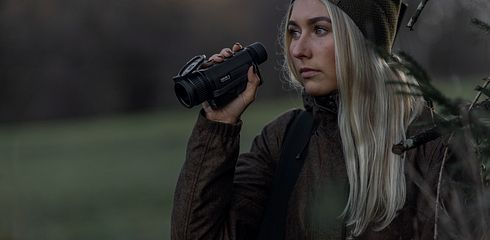Roe deer is the most commonly hunted species in Germany. Every year, up to 1.2 million roe deer are harvested - this number is still significantly larger than that of the increasingly widespread wild boar (820,000 harvested in 2017/2018).
The hunting seasons vary slightly from state to state - in Saxony-Anhalt, one could also speak of April bucks, as they are released there as early as April. Traditionally, however, the bucks are hunted starting on May 1st or May 16th. This traditionally marks the beginning of the hunting season for game animals.
Hunting Season
The hunting of bucks, which is very popular among hunters due to the trophy, has two peak seasons each year: once at the beginning of the hunting year in spring, when the bucks are looking for their bedding areas. At this time, they are more active and can be easily confirmed due to their rubbing and bedding spots.
The second, and for many hunters even more exciting hunting period is the rut, which occurs depending on the region roughly between mid-July and mid-August and lasts about two weeks. This time is also called the leaf time because hunters used a beech leaf to imitate the rutting calls of the does and thus attract the bucks. Nowadays, most hunters use so-called bleats for this purpose.
During the rut, the bucks are careless and very active - the goal is to pursue the does and defend their territory against competitors. During this time, bucks can be effectively hunted, especially during morning and evening sits, although hunting success is also possible during the day, especially in not too hot weather or after a brief shower.
Rain particularly plays into the hands of the passionate buck hunter: First, the bucks need to dry off (the remaining roe deer do as well), and on the other hand, rain "dilutes" the markings that bucks leave as scent marks with their forehead lock when they rub. Especially young inexperienced bucks tend to refresh these markings more after rain.
Most bucks are harvested in the evening hours, shortly after sunset - this may also be related to the fact that many hunters have limited enthusiasm for morning sits.
The hunting season for bucks originally ended on October 15th in most states, while the hunting of fawns, does, and yearlings then took precedence. Meanwhile, the hunting season for bucks has also been extended into December, partly to allow hunting during social hunts, and partly now favored by the reform of the Federal Hunting Act.
Whether hunting for bucks is still done in late autumn is a decision that hunters must make for themselves. One argument against it, and this was also one of the reasons for the traditional hunting season, is that bucks shed their antlers starting in November. However, grooves form below the pedicles, like predetermined breaking points, where the antlers separate from the skull. In winter, roe deer dissolve their territories and unite into groups, loose social structures that they dissolve again in spring. Anyone hunting roe deer during this time is advised to be cautious: Bucks can no longer be distinguished from does by their antlers but by the tuft, while does have a clearly visible apron. When hunting female roe deer and fawns, the rule of harvesting young before old game applies, of course.
The hunting season for all roe deer ends, depending on the state, at the latest on January 31st.
Hunting Weapon
For hunting roe deer, rifles from caliber .222 Remington (5.6 x 43 mm) or .223 Remington (5.56 × 45 mm), which have a muzzle velocity of about 1200 m/s, are suitable and are slightly faster than their "little sister". Nowadays, the most popular weapon for hunters is no longer the drilling as it once was, but the repeating rifle, which has only one barrel and one caliber. Many larger calibers are also suitable for hunting roe deer, often offering a higher killing effect, but they also come with a higher destruction of game meat. To avoid this, many hunters sight their rifles for roe deer hunting with cartridges of lighter bullet weight.
Roe deer are shot by most hunters at distances of up to 150 m. For shots from greater distances, higher shooting skills are required than when shooting at other game animals, as the body of the roe deer presents a comparably small target. Therefore, optics with high magnification are advantageous. Since roe deer are not hunted in the dark, no night vision scope is required. The Gunfinder recommendation is a scope with up to 10 or better 12 times magnification and an objective lens diameter of 50 mm.
Thermal Imaging?
Although hunting roe deer at night is not allowed, the use of a thermal imaging device is especially recommended in forest areas, as much game can otherwise be overlooked. Roe deer are particularly difficult to see among the trees and move almost silently. Theoretically, in the twilight of spring, bucks could even be identified by the thermal signature of their still velvet-covered, and thus blood-filled antlers through the thermal imaging camera, or it could be recognized whether bucks are still in velvet. However, in our experience, this identification requires extremely much practice and carries a high probability of error.



